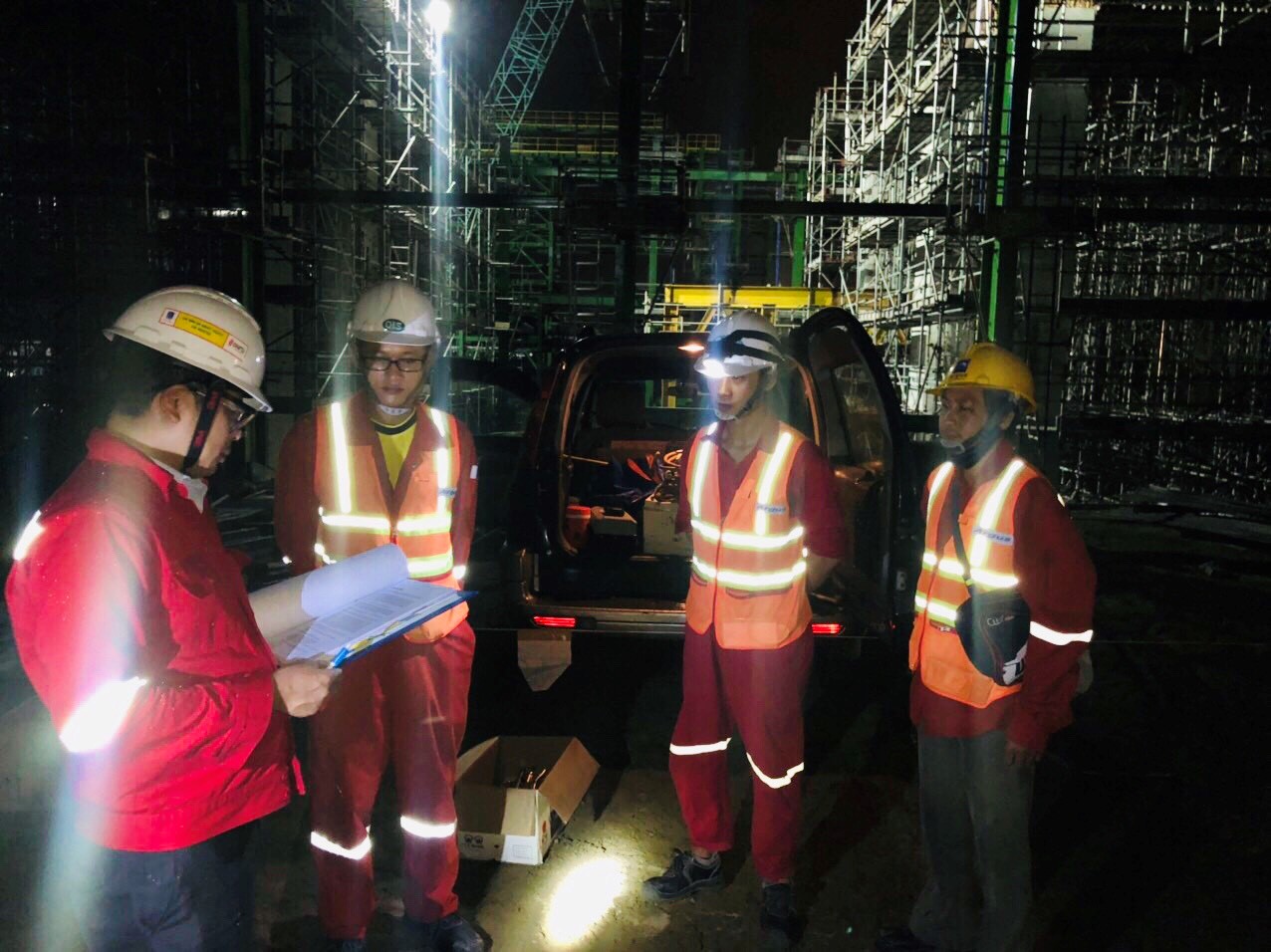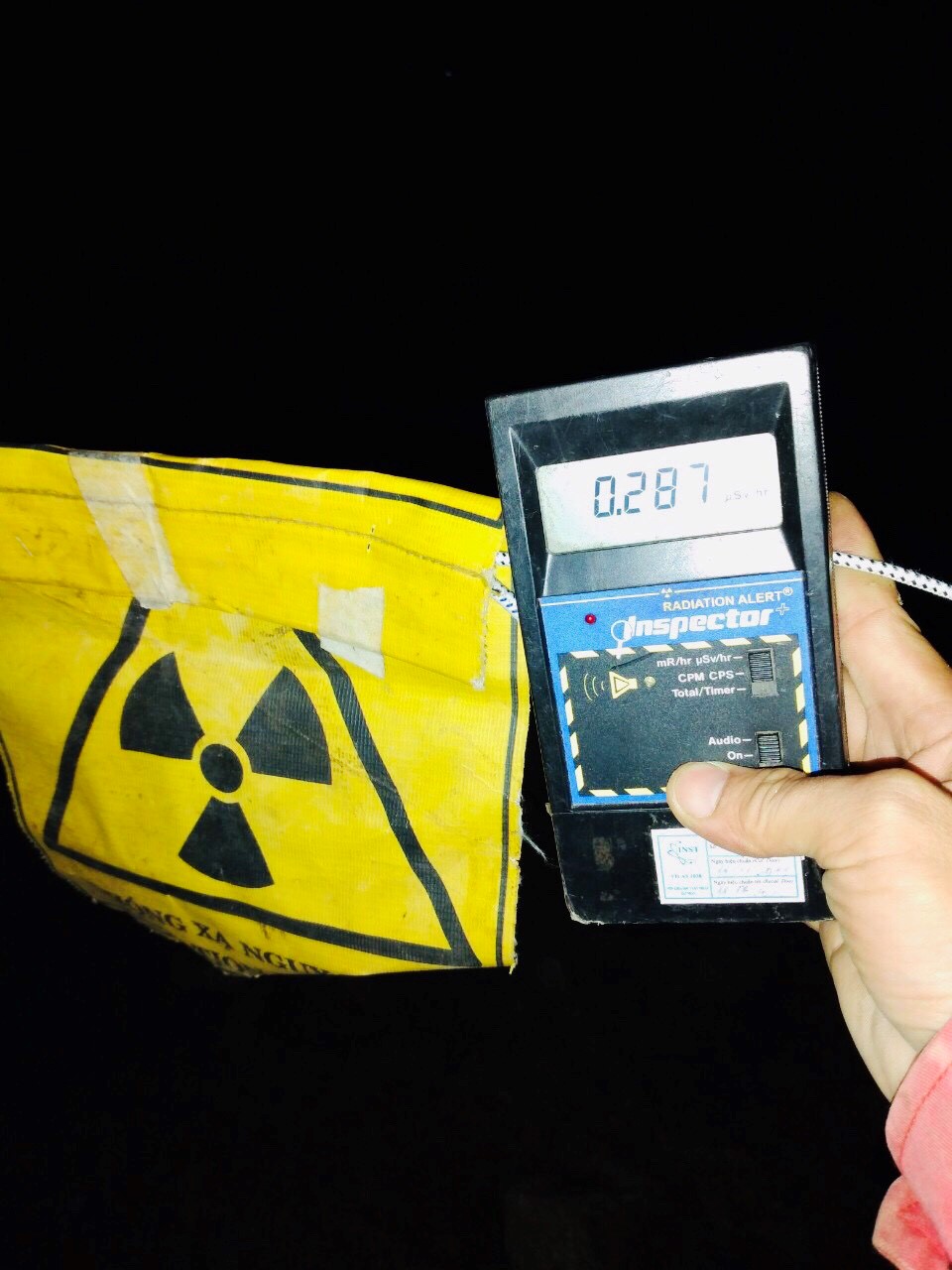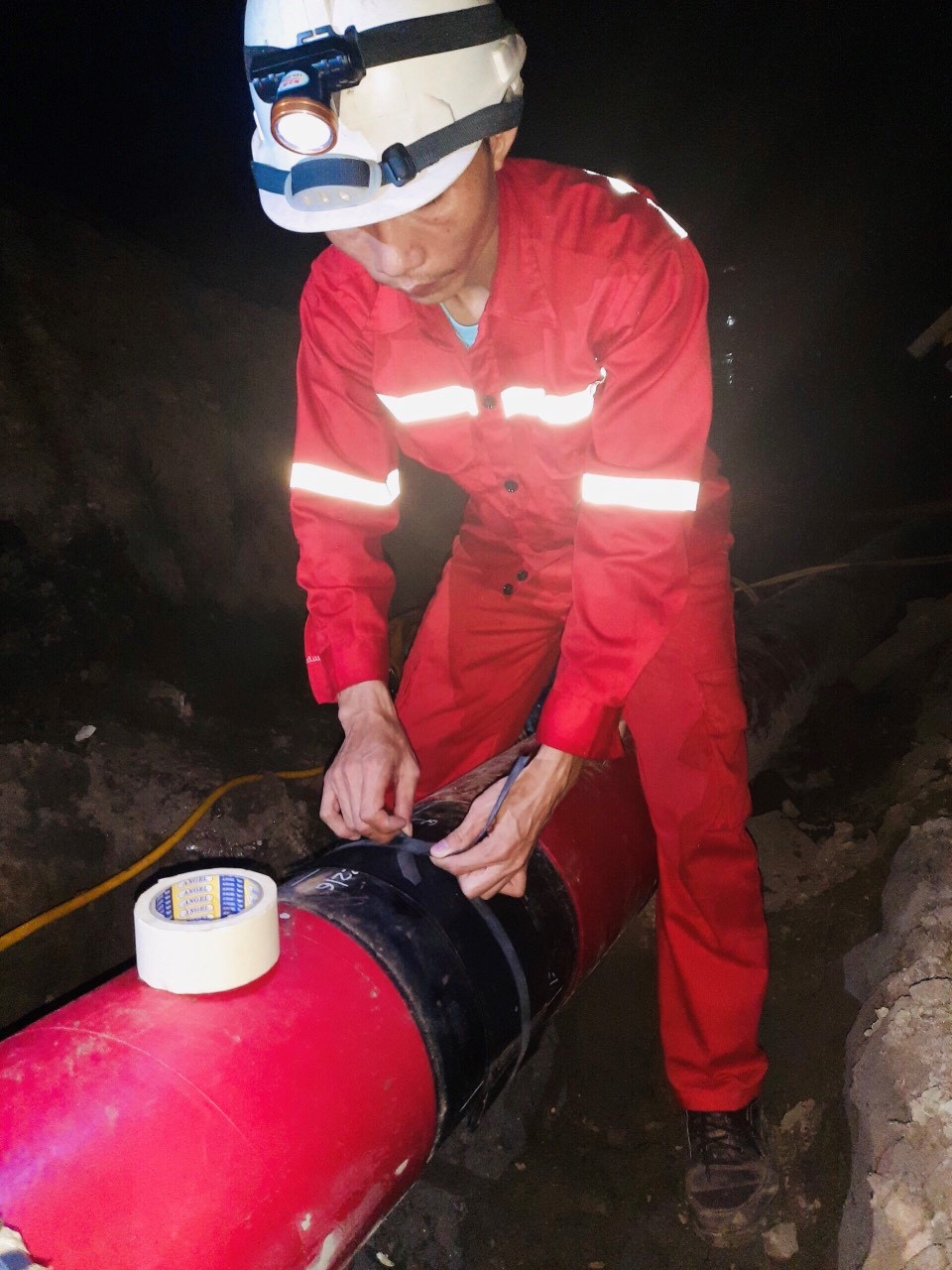Non-Destructive Testing (NDT) is the use of physical methods to check the internal detection or surface defects without damaging their usability, use to detect defects such as cracks, porosity, slag, delamination, non-penetration, non-penetration in welds, corrosion test of metals, separation of composite materials, measure the hardness of materials, moisture test of concrete, measure thickness of materials, determine dimensions and position of reinforcement in concrete ...
Quite complex, potentially radioactive toxic and equally important in NDT services is the method of radiography (RT), which uses X-ray tubes (similar to invisible lights) or a radioactive source emits a gamma beam through the object need to check. When passing through the object, the radiation beam weakens, the extent of the beam's decline depends on the type of material (light or heavy) and the thickness that it passes through. When passing through areas with disabilities, such as porosity, the intensity of the beam reduce less than as passing through areas without defects. If we place the film behind the object to test (similar to place an X-ray film behind a patient's back when taking a lung), we will see that on the captured images, there are the areas of darker circles than around. That's the projection of the defects on films. We can also determine the size of the defects through the captured images.

Workgroup meeting.

Check the position of barrier before workshift.

Check the source before following job.

Assemble the radioactive source to prepare for shifts.

Film stick.

Assemble the radioactive source.

Represent of customer’s safety department checks the radioactive source before finishing workshift.

RT technical team with the leadership and officer Q.I.S.





